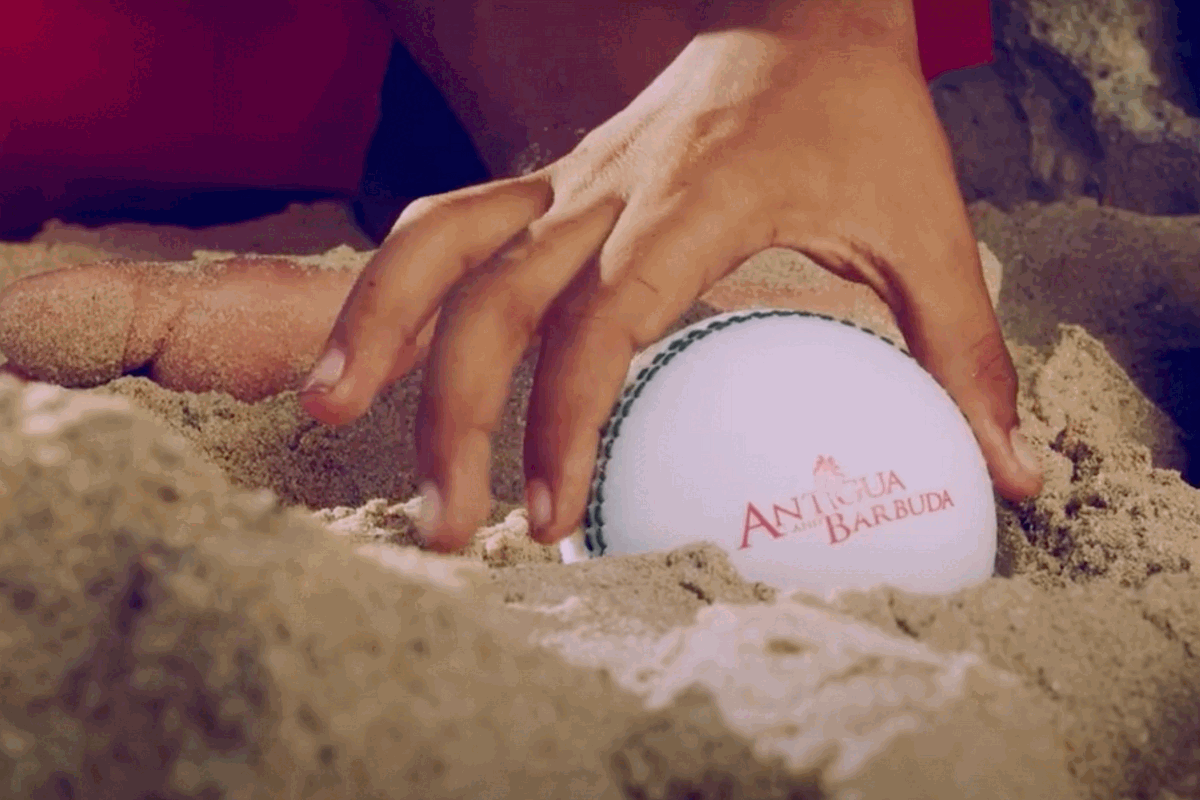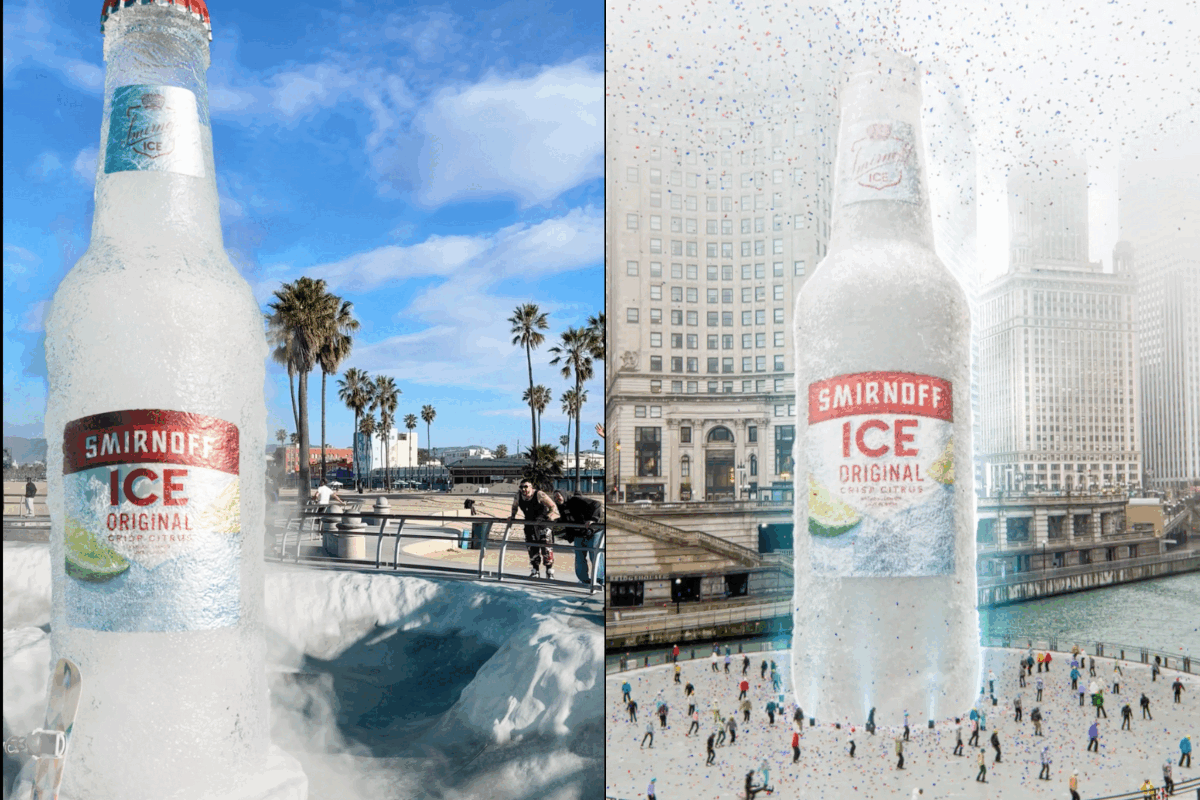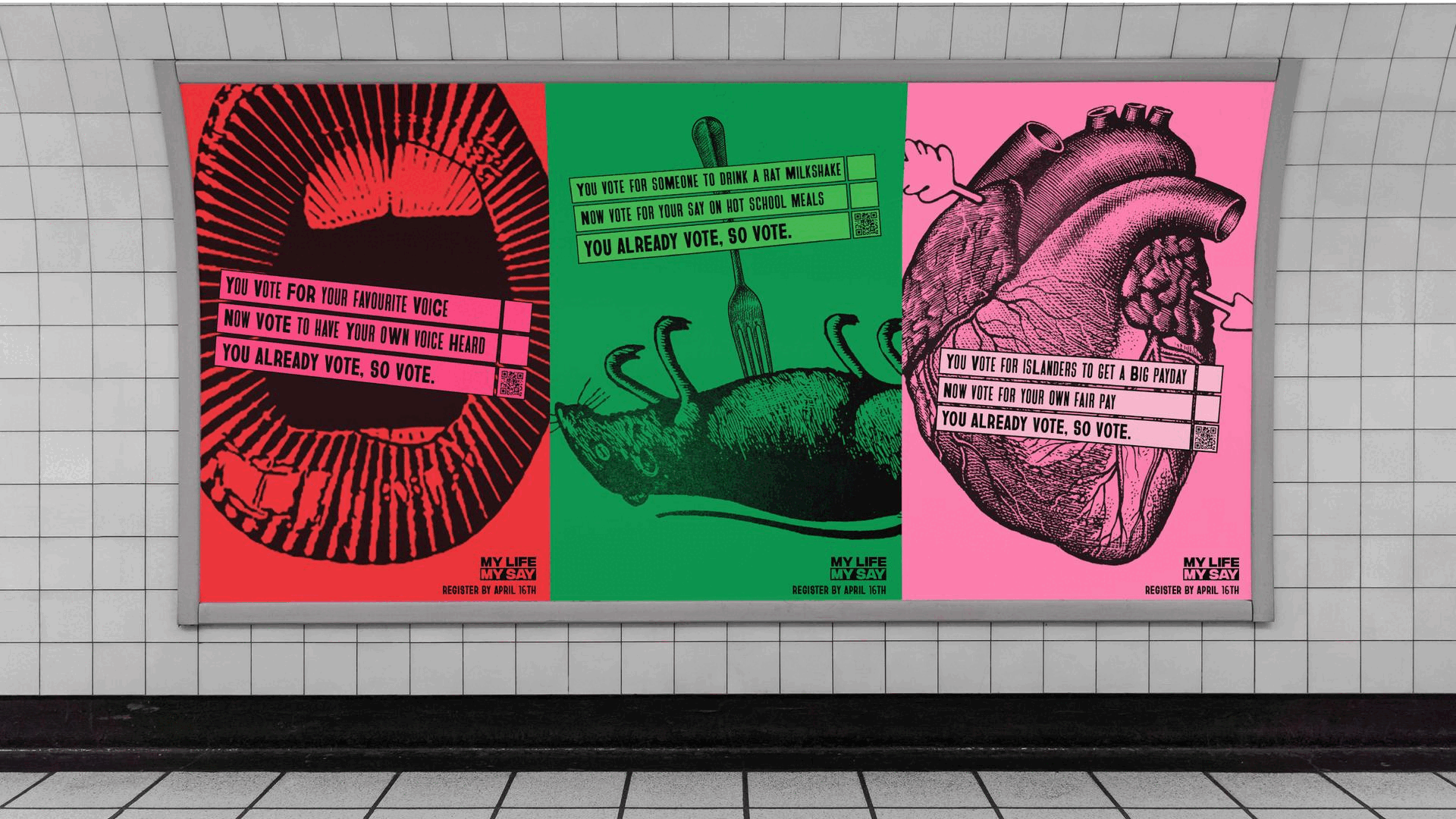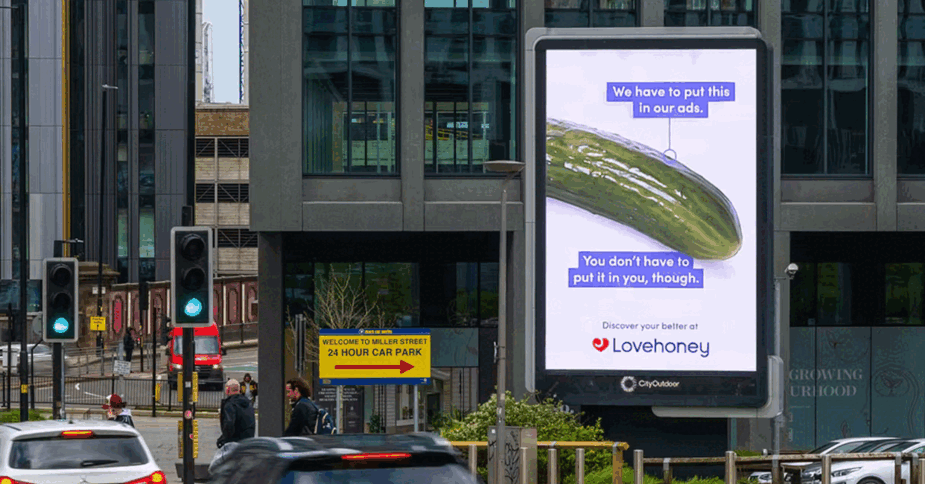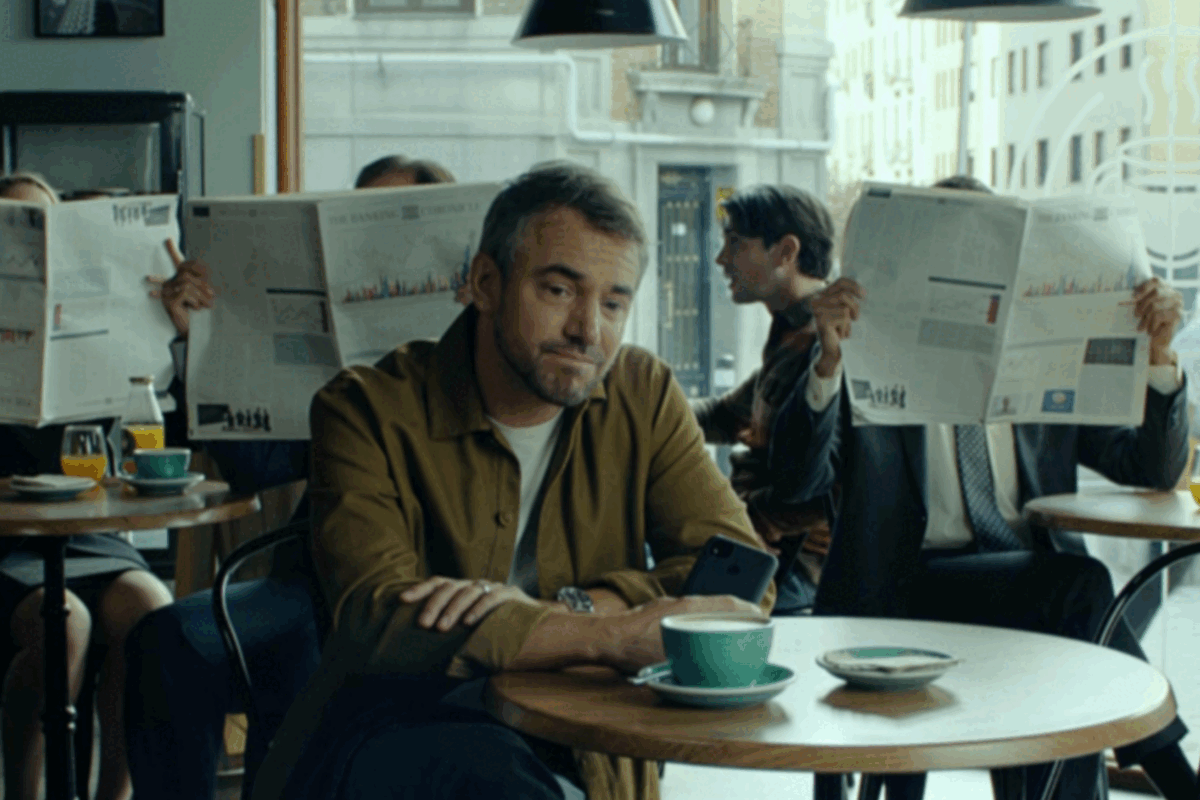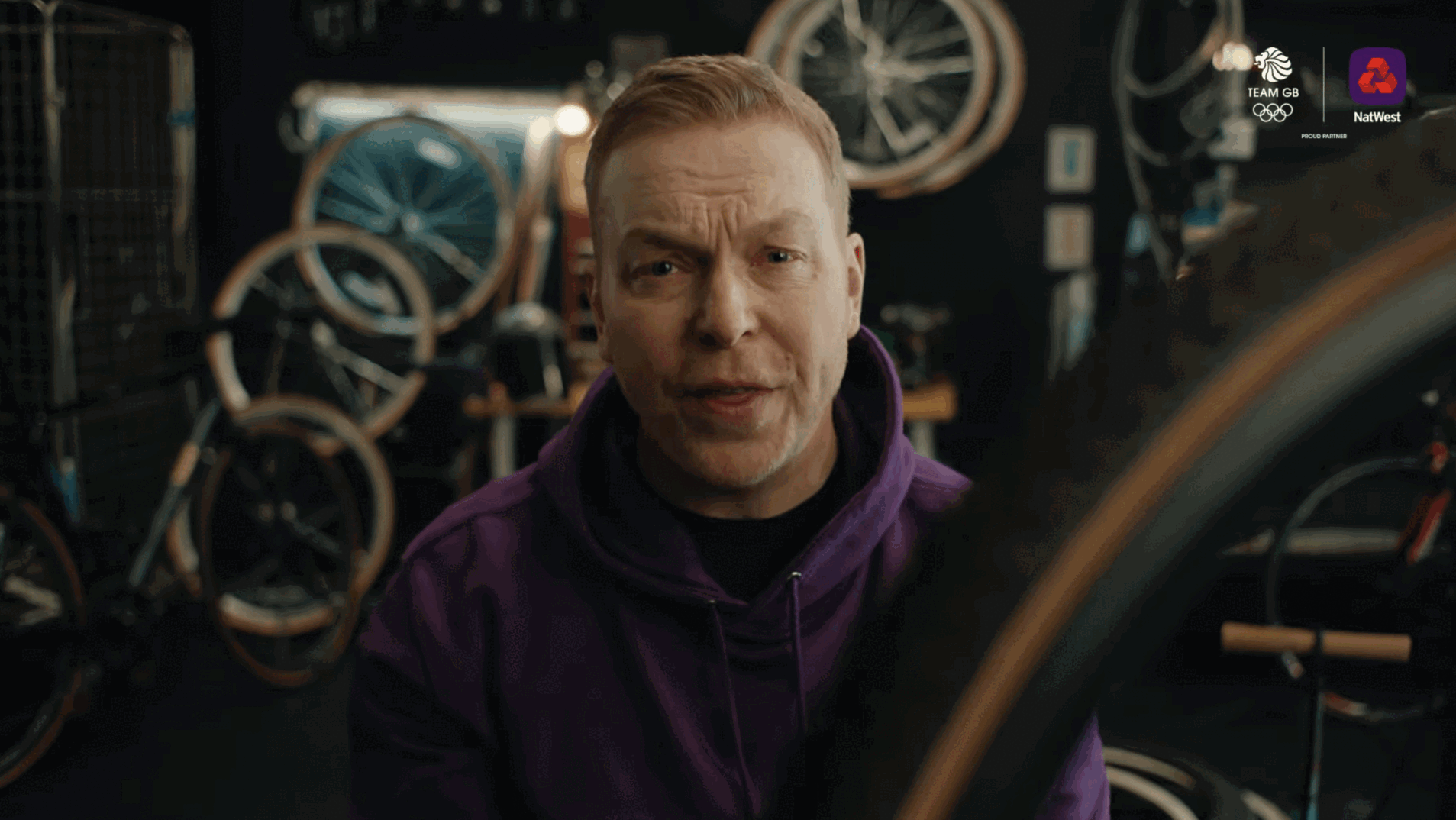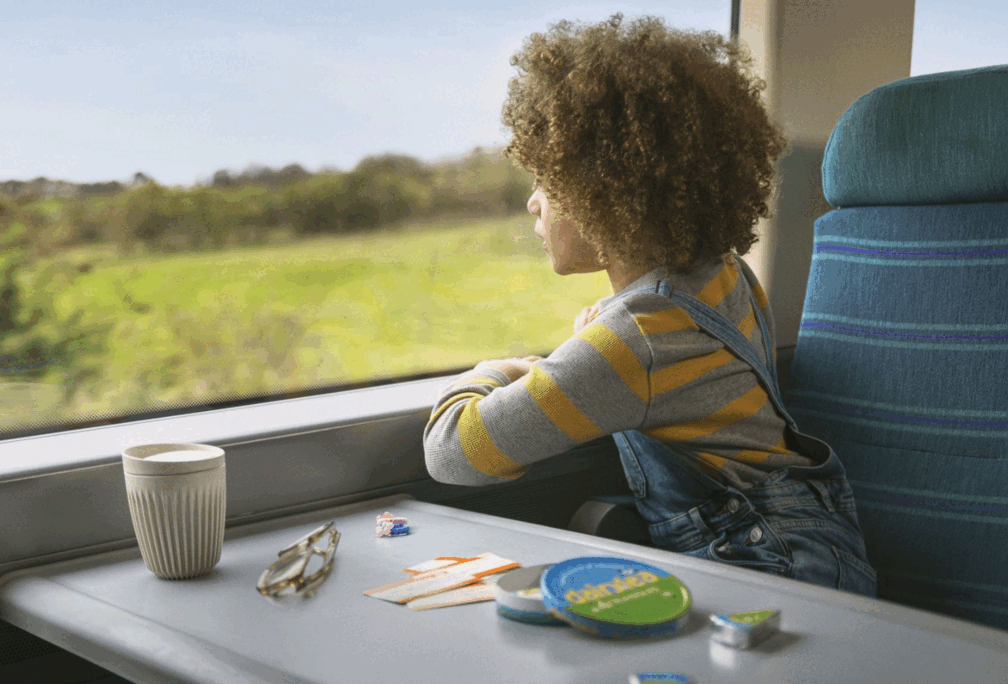2017 Award Winners: Use of Video, Use of Data, Most Innovative and Most Creative
- Wednesday, November 29th, 2017
- Share this article:
Since our 2017 Effective Mobile Marketing Awards earlier this month, we’ve been showcasing the winning entries every day. Today, we look at winners that made great uses of data and video, two key pillars of mobile marketing, as well as the most innovative and creative entries.
Most Innovative Campaign
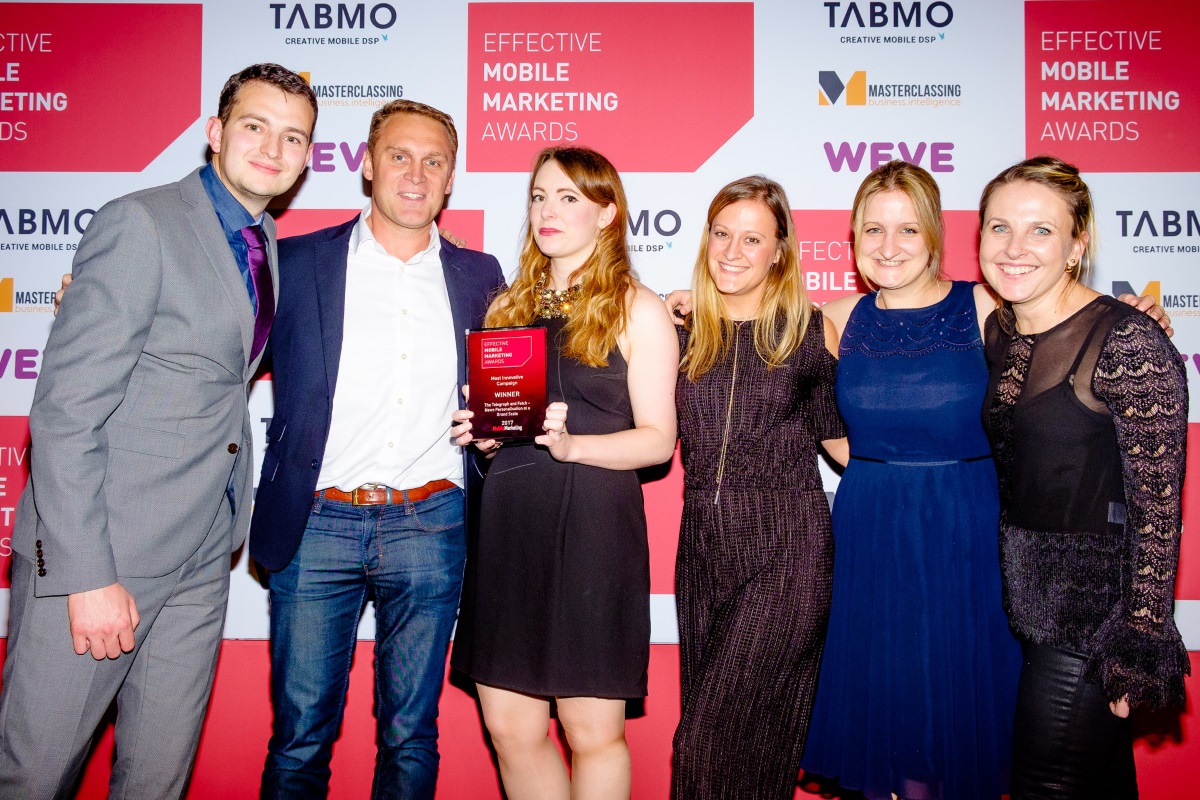 This award was won by The Telegraph and Fetch with their News Personalisation at a Grand Scale project. The revolutionary initiative used a combination of smart ad technology platforms, sophisticated audience segmentation and targeted headlines to offer readers a modern and news source that was crafted in real-time by The Telegraph’s editorial team but personalised for the individual.
This award was won by The Telegraph and Fetch with their News Personalisation at a Grand Scale project. The revolutionary initiative used a combination of smart ad technology platforms, sophisticated audience segmentation and targeted headlines to offer readers a modern and news source that was crafted in real-time by The Telegraph’s editorial team but personalised for the individual.
Fetch worked with The Telegraph’s data team to identify six key audience segments, using online behaviours, device usage and content preferences to pinpoint targets, then designed a unique ad unit that aligned each readers’ digital media preferences and content affinities across all devices. The unit could be delivered across programmatic, native and social channels, creating curated content feeds that were most likely to drive the highest level of engagement.
The campaign saw readers who actively arrived through Fetch’s units 245 per cent more likely to return to the site compared to the average digital Telegraph reader, with excellent engagement times and massive amounts of partner revenue generated by the initiative. It also resulted in internal changes for the Telegraph’s editorial team, with headlines now recrafted every day to suit different audience segments.
The judges said: “A good effort and good template, plus well executed. I like that they’re considering new, younger audiences and the longer term. This was an impressive campaign.”
Ubisoft, Maxus and Weve were awarded a Highly Commended in this category for the Watch Dogs 2: Unleash your inner ‘hacktivist’ campaign, which cleverly matched its product launch by simulating a ‘hack’ on consumer’s smartphones to create a unique experience tailored to the individual.
Most Effective Use of Data
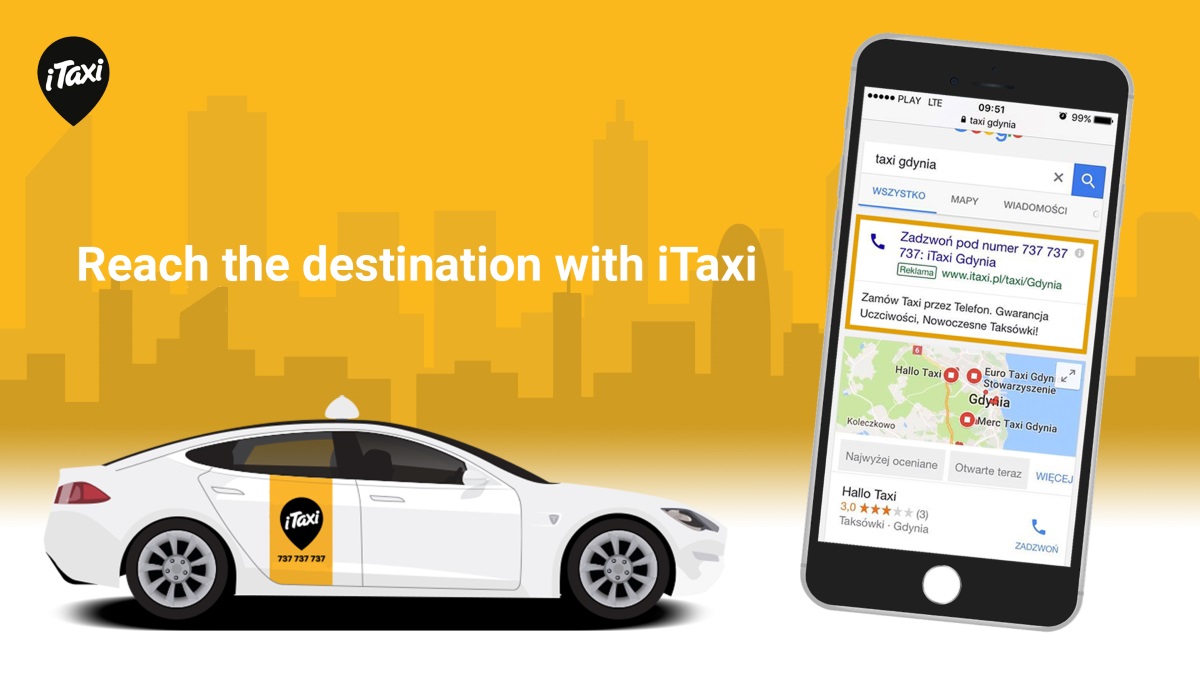 Winning in this category was iTaxi and Cube Group for their Reach the Destination with iTaxi! campaign, which comprised of a multidimensional Google AdWords strategy, run in 54 cities across Poland and optimised in real-time to drive exception return on investment. The campaign combined both short-term and long-term goals, driving orders from consumers looking for immediate taxi hire while also generating installations for iTaxi’s native app.
Winning in this category was iTaxi and Cube Group for their Reach the Destination with iTaxi! campaign, which comprised of a multidimensional Google AdWords strategy, run in 54 cities across Poland and optimised in real-time to drive exception return on investment. The campaign combined both short-term and long-term goals, driving orders from consumers looking for immediate taxi hire while also generating installations for iTaxi’s native app.
In order to optimise ad spending, Cube Group based targeting on both the massive amounts of historical first-party data available to iTaxi and external data like weather forecasts, event calendars and district characteristics of each of the 54 cities targeted by the campaign. Using this data, the team built a granular AdWords strategy with different bidding strategies for each market, and then reacted in real time to changes.
The campaign resulted in a huge boost in calls to iTaxi, and as the team refined their strategy using real-time data, the number of phone calls from the click-to-call campaign increased by almost 400 per cent. Overall, the campaign had an astonishing ROI of over 700 per cent, and the app installation campaign alone saw an impressive conversion rate of 12 per cent.
Looking at the campaign, the judges said: “You cannot argue with these impressive results! The combination of multiple data sources and an established practice such as AdWords demonstrates the highly innovative approach taken by this agency.”
Vodafone and MEC took home a Highly Commended in this category for the Shhh…Don’t Mention the iPhone 7 campaign, which managed to increase Vodafone’s market share over 80 per cent during the iPhone 7 launch, all without mentioning the device once.
Most Effective Use of Video
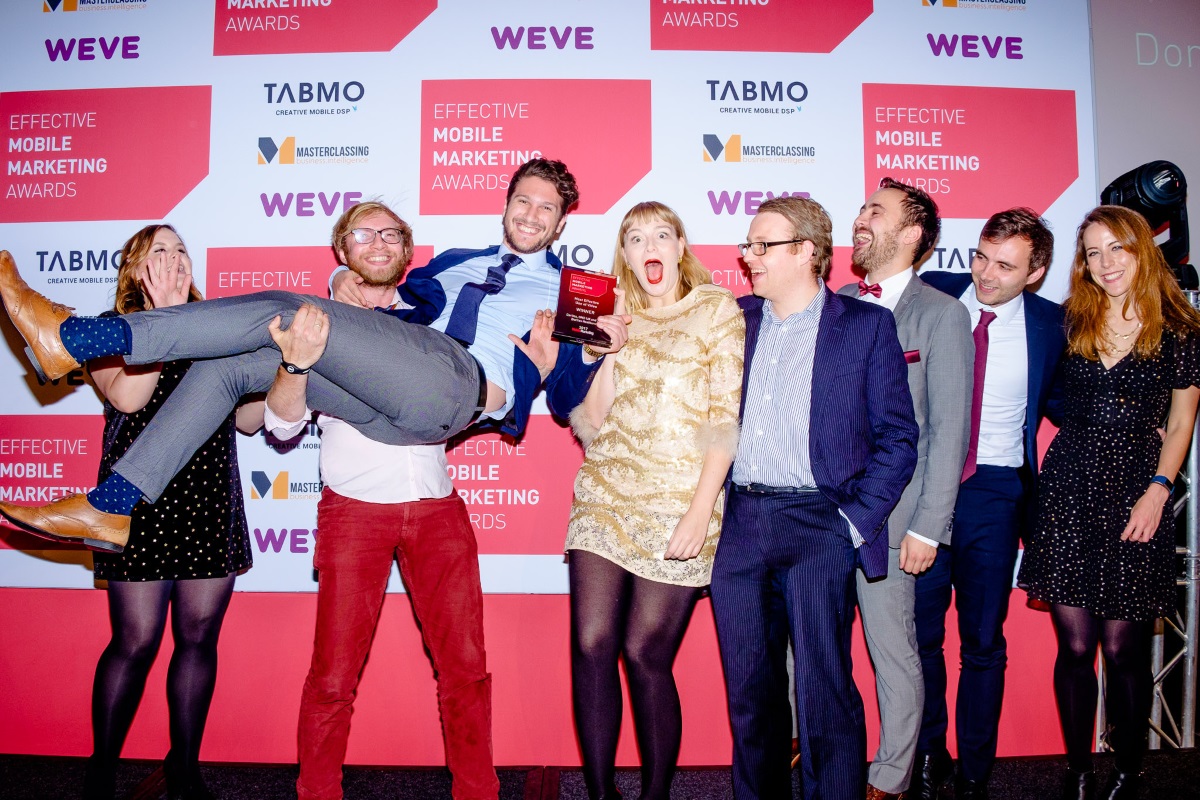 The team at Doritos, OMD UK and Blis took home the trophy for the Most Effective Use of Video with their campaign for Doritos Heatburst, which was designed to tease and entertain the brand’s ‘hyperlifers’ audience – young consumers with a passion for film, gaming and sports. After identifying its audience using online and offline behaviours, the campaign used location-targeted video to raise awareness and drive footfall.
The team at Doritos, OMD UK and Blis took home the trophy for the Most Effective Use of Video with their campaign for Doritos Heatburst, which was designed to tease and entertain the brand’s ‘hyperlifers’ audience – young consumers with a passion for film, gaming and sports. After identifying its audience using online and offline behaviours, the campaign used location-targeted video to raise awareness and drive footfall.
The Doritos Heatburst campaign brought to life the ‘Baby Dragon’ character that had been used in previous marketing, and focused on mobile as the key device for its target audience. Blis’ location data was used to determine what kind of content would be served to audiences, ensuring contextually relevant videos that were designed to have the maximum impact.
The campaign was a big success, with a high view through rate of almost 90 per cent across the various content, and footfall uplift of 43 per cent against a control group sampling. In-store sales saw an increase of over 13 per cent, and social synching used during the campaign also proved successful, with users exposed to keywords more likely to click through.
Our judges praised the campaign, saying: “A very effective campaign – lots of rigour in thinking and execution. Great use of demographic profiling and mobile location targeting. Spot on for the target market.”
Most Creative Campaign
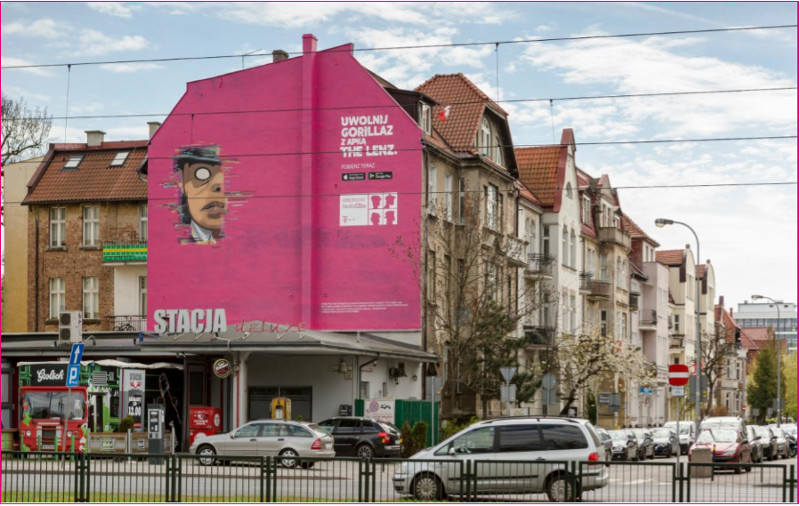 Winning our highly-sought Most Creative Campaign award was The Lenz App: Telekom Electronics Beats meets Gorillaz by Deutsche Telekom, MediaCom and Saatchi & Saatchi. The campaign saw Deutsche Telekom teaming up with virtual band Gorillaz to turn its brand colour, magenta, into a media channel.
Winning our highly-sought Most Creative Campaign award was The Lenz App: Telekom Electronics Beats meets Gorillaz by Deutsche Telekom, MediaCom and Saatchi & Saatchi. The campaign saw Deutsche Telekom teaming up with virtual band Gorillaz to turn its brand colour, magenta, into a media channel.
Using chroma key technology, the Lenz app let users point their phone at anything magenta to reveal AR content featuring the Gorillaz characters, along with local product offers in some instances. The campaign targeted millennials, traditionally the hardest demographic for Deutsche Telekom to engage.
To drive downloads of the Lenz app, its launch was promoted through a fully integrated campaign, covering digital, OOH and print. A mobile ad mimicked a phone call from Gorillaz character Murdoc, inviting them to download Lenz. This was supported through partnerships with 500 micro-influencers, and out-of-home stunts across Europe, including turning the grass in front of Tower Bridge magenta.
The campaign generated 14m impressions in its first two weeks, along with over 1m organic video views and 2,700 social mentions. Lenz was downloaded 132,000 times, with users opening the app on average nearly three times each.
The judges said: “Bang on trend. Used AR well to engage their targeted customers using a bold colour to highlight engagement opportunities in their environment.”




